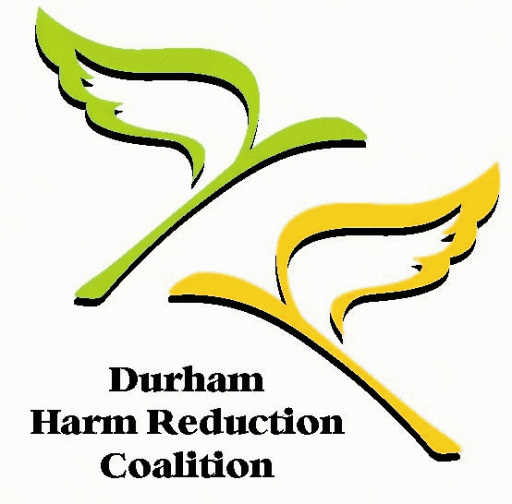Depressant Overdose: When the central nervous system operates too slowly and the person stops breathing.
Stimulant Overdose: When the central nervous system over-excites and the person’s body can no longer handle it.
General Signs of an Overdose:
Increased or decreased blood pressure
Increased or decreased heart rate
Increased or decreased temperature
Big or small pupils
Flushed or grey face colour
Seizure
Heavy sweating
Slurred speech
Decreased coordination
Delusions and/or hallucinations
UnconciousnessSigns of Opiod Overdose:
Slow, erratic, or no breathing
Blue/purple finger nails/lips
Limp body
Deep snoring or gurgling sounds
Vomiting
Loss of consciousness
Unresponsive to stimuli
Pinpoint pupilsSigns of Stimulant Overdose
Seizures
Pressure/tightness in chest
Foaming at mouth
Racing pulse
Perfuse sweating
Vomiting
Headache, dizziness, ringing in ears
Difficulty breathing
Sudden collapse
Loss of consciousnessSigns of Hallucinogen Overdose
Psychosis
Catatonic state (may sit in a trance-like state)
Seizures
Nausea, vomitingWhat to do: CALL 911

Narcan a.k.a. Naloxone
Naloxone is an opiate antagonist which works by displacing opioids from their receptor sites. In other words, Naloxone can reverse the effects of overdose if administered within a short period following an opioid overdose. Naloxone is given as an injection – under the skin, into a muscle, or into a vain, and in most cases, with the exception of previous hypersensitivity to the drug, it will begin to take effect in between 2 – 4 minutes, and will last roughly 45 minutes. The Ontario Harm Reduction Distribution Program has purchased Naloxone for use in overdose kits intended for distribution to harm reduction programs throughout the province. Registered nurses at The Works are certified to dispense Naloxone providing the following criteria has been met:
The individual:
Has a history of, or currently is using opiates
Is willing to take the overdose training
Is willing to complete the follow-up evaluations
Has no previous hypersensitivity (allergic reaction) to NaloxoneOverdose training consists of 4 components:
Risk factors associated with overdose – prevention/myths
Drug classifications (Opioids, Stimulants, Hallucinogens)
Naloxone – pharmacodynamics – Short ½ life
Five steps in responding to an opioid overdoseStep 1 – CPR mannequin (chest compressions)
Step 2 – Sample ampoules with water to practice drawing up & simulate injection with a sponge
Step 3 – Interfacing with police/EMS
Step 4 – Debrief/Support after overdose
Step 5 – Evaluation/follow-up refill

It is recommended that you always see a doctor after using Naloxone to treat overdose, however this is particularly important if you experience some of the more serious side effects, including:
chest pain or fast or irregular heartbeats;
feeling light-headed, fainting;
seizure (convulsions);
difficulty breathing.Less serious side effects may include:
dizziness, weakness, tired feeling;
nausea, vomiting, or diarrhea;
feeling nervous, restless, or excited;
sweating;
runny nose; or
trembling.
agitationOther useful information:
Opioid withdrawal syndrome may occur in some patients given large doses of Naloxone (see Withdrawal)
Use each disposable needle only one time. Throw away used needles in a puncture-proof container – you can pick one up at your local pharmacy or needle exchange site (see Resources).
